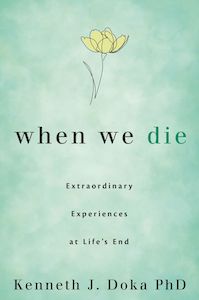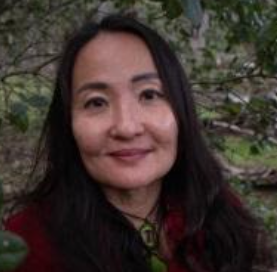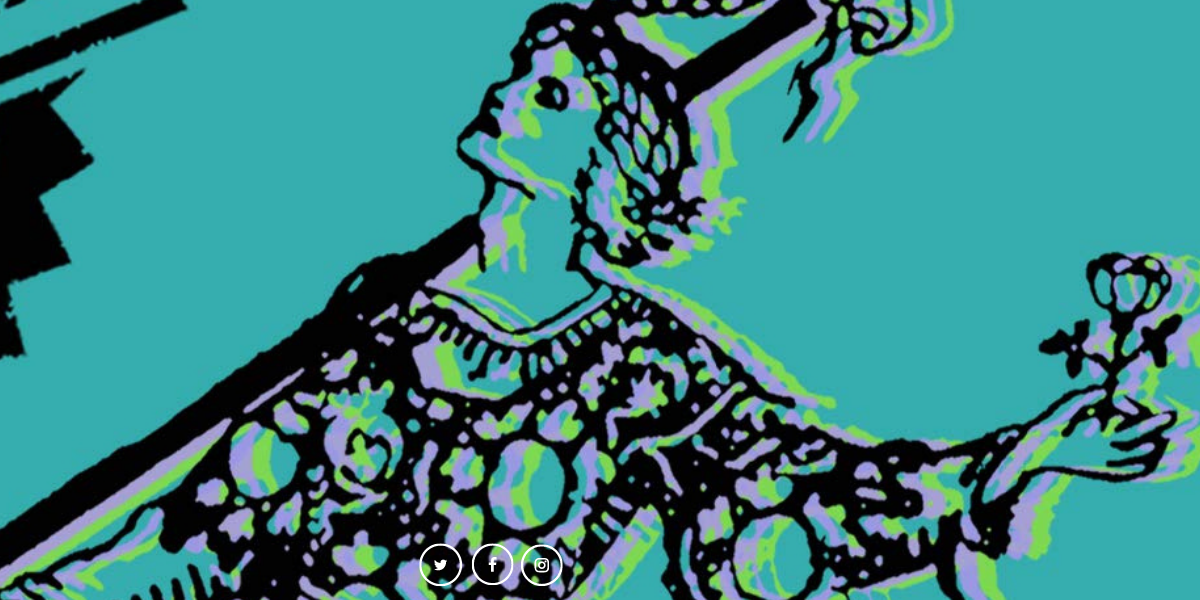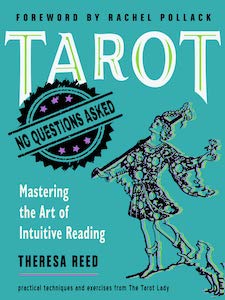
When We Die: Extraordinary Experiences at Life’s End, by Kenneth J. Doka PhD
Llewellyn Publications, 0738762937, 216 pages, November 2020
I never really thought of when my father might die (his father had died young in his sixties), but one special night a couple of years ago while I was walking in the snow in the forest, I heard a train and went towards it. A thought crossed my mind: perhaps the number of box cars on the train will be the age of my father when he dies.
I counted – it was 80 – and then I thought, he can live longer if I grant him extra years, so I added 8, to get 88. A couple of weeks later he said to me, out of the blue, I will be happy if I can live to 88. As he is now 80, we will have to wait and see if our shared premonitions of his death at 88 will prove to be true.
Have you had a premonition about someone’s death or communications from the deceased? Have you ever felt an invisible presence, seen a ghost, or received a prophetic dream with a message from a deceased loved one? What do you make of these experiences? What would you make of it if others have had similar experiences?
Kenneth J. Doka, PhD, a professor, minister, and counselor, who has written and edited numerous books on death, dying, and bereavement, offers a rich collection of unusual stories surrounding death, dying, and the dead in his book When We Die: Extraordinary Experiences at Life’s End. He recounts a plethora of paranormal experiences he has gathered during his half a century in the field of thanatology, including several stories of his own life. Doka invites us repeatedly to consider what gifts such experiences could bring to us.
The book is comprised of chapters that group stories into various categories, such as Premonitions of Death, Near-Death Experiences, Messages and Mediums, and Ghosts and Apparitions. The book concludes with an essay “We All Live at the Edge of Forever When We Die,” which explores his worldview about our very deep needs relating to death. “Edge of forever” is an evocative phrase threaded throughout the tapestry of this book, and I’m not quite sure what to make of it yet. For now, it is a koan, inviting active meditation into uncharted territory.
Here are two stories of the book that stand out for me. One is when Doka feels the presence of a dear friend by an experience that he remembers as feeling like “every cell in my body was being individually hugged.”1 Another tells of when all five children felt the kiss of their deceased father on their foreheads after his death, as he used to kiss them when they were children.2 These felt particularly poignant because they are experiences of a palpable experience of love from someone who has died. It matched my personal experience that consciousness, love, and even palpable experience survive physical death. I did not know I was so hungry for this validation until I received it.
More broadly, what could be the gifts of sharing such stories of unusual experiences surrounding death, the dying, and the dead? One gift, as I mentioned already, might be validation of one’s own experience by learning that they are shared by others; another gift could be to invite one to be more open having such experiences. Yet another gift might be that having personal experiences or even just sharing stories of death somehow fosters us to live more deeply, happily, meaningfully.
“Encounters with death inevitably affect the way survivor’s experience life.”3
Doka notes as he discusses near-death experiences (NDEs). He continues that such effects are also seen in survivors of disasters, illness, or accidents — even without NDEs. Intimacy with our own mortality or others’ often makes us re-greet our lives with more joy, gratitude, and commitment. Who doesn’t want more of that?
I was drawn to read this book because I wanted to learn more about the possible range experiences related to death. What I discovered was much more than I expected in one way (there is such a range of experiences!) and less than what I expected in another way (each story is described briefly, as a vignette, not an extended plot).
Because this book is such a rich repository of so many kinds of anecdotes, it would be a good introduction to those who wanted a survey of the range of paranormal experiences that could lead to more reading and exploration of whatever is of deeper interest. By reading this book, I got to narrow and articulate my deeper interest. That is, when younger, I used to wonder, “Is there life after death?” Now I realize my curiosity is about what kind of life or consciousness is there after physical death.
In contemplating the true gifts of When We Die for me, it is that one’s personal experience is the truest guide to what is real about death and that having an open heart and mind is crucial in navigating the mysterious territory of death and of life.

Gloria K. Park is an avid enjoyer of life, seeker of eudaimonia, and student of esoteric arts. Fairies and trees are among her favorite friends. Plying her trade as lawyer, her passion for oracles, and her devotion to her worldly and otherworldly friends, she does her part in creating magic in the world.




